|
I call “Bullshit.”
We are drowning in a sea of bullshit Why do we insist on turning our lives into bullshit? Most school is bullshit. Most work is bullshit. The media is bullshit. The news we get is bullshit. The powerful seek to divide us with bullshit. The rich distract us from their crimes with bullshit. Keeping all wealth in the hands of a few is bullshit. Government is just powerful bullshit. Politics is how the bullshit rises to the top. Big business is big bullshit. Free enterprise is the biggest bullshit of all. Religion is “holier than thou” bullshit. Glory to bullshit in the highest. War is deadly bullshit. Fight and die for what? Science is bullshit but at least it tries. Ignorance is just undisciplined bullshit. Corporations peddle bullshit, They don’t care if we choke on it. Their bottom line is bullshit. They feed us bullshit and call it bliss. They pay us in bullshit and tell us we’re rich. Their promise of the future is such utter bullshit. The only future they know is the next quarter’s bullshit. Why are we helping them turn the world into bullshit? They treat people like slaves, and that’s bullshit. They don’t value life, and that’s bullshit. They are indifferent to the future, and that’s bullshit. They turn gold into garbage, and that’s bullshit. They use the Earth as their toilet—the worst kind of bullshit. Corporations alone are not to blame for this bullshit. Institutions that try to control us are bullshit. Strongmen pretending to be leaders. That’s bullshit. Appealing to our lowest impulses. That’s bullshit. Giving in to these impulses, we dive into bullshit. Greed, hatred, aggression. All bullshit. Fear, jealousy, suspicion. All bullshit. Dishonesty, cruelty, domination. All bullshit. Helping those who wish us harm. That’s some self-destructive bullshit! Let’s stop this bullshit. Today, we declare: No more bullshit! We will NOT turn our world into bullshit. We will find an island of truth in this sea of bullshit, And make a life for ourselves, our children, our planet, Devoted to truth, and free of all bullshit. We will build a sanctuary, a place of refuge, Where people can go to escape all the bullshit. Built on a bedrock of truth free of bullshit. There are three truths that connect us all, no matter: Who we or what we think we are, Where we live or how old we are, The content of our genes or the color of our skin. These truths offer us a fresh start, As all the bullshit falls away. They will change you forever, If you take them to heart. Simple and pure, here they are: I AM, I LOVE, I FLOW The first truth, I AM, is an awesome wonder. How did we get here? Where are we going? We may not know, but there is no denying, The astonishing truth that I AM. Say it: I AM; feel it: I AM. Awaken to the truth of I AM. Then rejoice in this truth! Don’t waste your chance To come alive, as alive as you can be! Bask in the power and glory: I AM, I AM, I AM. Say it, know it, feel it, live it. Here and now, mind and body, Head to toe, heart and soul. Revere and adore anything or anyone That awakens you to the truth of I AM. Who or what I am always changes, But the fact that I AM never does. The second truth, I LOVE, is the only religion we need. Everyone has the power to love. Find who and what you love. Then love with all your heart. Let that be your most precious art. Let your beloved become part of you, Merging with you, one with you, Until you don’t know where you begin, And where your beloved ends. Sing to your beloved with total devotion, The words of this love chant, this magical potion: Lover and beloved are one. I love you. You beloved you, there is only you. I give myself to you completely beloved And I receive you completely I am in you beloved As you are in me. You and I are one. And so it is. By invoking the power of love, You make your essence flow, And take in the essence of your beloved, Until you are in two places at once, Living in two bodies at the exact same time. Knowing that lover and beloved are one, Is not just another idea, Not just a string of empty words. Feel it, taste it, smell it, touch it. To love fully is to know, not just that I AM, But that I AM as YOU ARE. The third truth, I FLOW, Gives us the power to create, The dream world we envision. All that we are is a flow of essence, Earth, water, fire and air, Image, idea, sound, and gesture. Become a stream of essence, Flowing in and flowing out. Take in only essence, Only what nourishes and sustains you. Give away only essence, Nourish and sustain the world. Make essence flow, let it flow, Pure and inspiring, Joyous and loving, Beautiful, artful, blissful, delightful. Here is where our dream world begins. Here is how we leap to the next great stage, And fulfill the promise of a bold “new age”: Creating peace, sustainability, and balance. We are only a stream of essence, That is all we have ever been. Let it flow purely and freely, Embracing the truth that I FLOW. Now you know the three truths, That renew life in perpetuity, And restore all hope for humanity. So it is, and so it shall be. The power of truth lives in you and in me.
1 Comment
What if our society treated sex the way it tends to treat creativity? Sex would be seen as a form of thinking or problem-solving. We would find book titles like “Sexual Thinking” or “Habits of a Sexual Mind.” Sex would also be equated with productivity, a type of behavior that leads to a goal like making a better baby, more babies, or both. You would be encouraged to do team-building exercises with your sex partner to become more efficient in your sexual practices.
Rarely would any scholar mention what it feels like to have sex. You would never find a scientific paper dealing with passion, desire, sexual arousal, orgasm, or love. It might be surprising to learn that sex involves any emotion or bodily sensation at all. You may even come to believe that a computer could be programmed to be more sexual than a person. Masturbation would seem like an oddity. After all, who would be sexual just for the fun of it? The primary reason to have sex would be to produce something that has value in the marketplace. Now, let’s flip this scenario. What if we treated creativity more like sex? Creativity would be seen as a natural human impulse and part of our basic biology. It would be understood that every child is born with an urge to create that manifests itself when the time is right. Being creative would be perceived as a total-body experience involving feeling and sensation and not just thinking. In fact, at its most satisfying and delightful, a creative experience could free your mind of all thoughts, worries, judgments, or concerns. In your creative experiences, you might not be solving any problem necessarily but just expressing who you are and what you are feeling. Before you created anything with another person, you would explore your creativity on your own. And you might discover the transcendent power of creativity at certain moments, when you lose awareness of time and space, hunger and thirst, and even yourself while becoming absorbed in the creative process. Your moments of creative inspiration could be as ecstatic and compelling as any feeling of sexual pleasure. Then there is the matter of Tantra. Just as Tantric wisdom can elevate sexuality and transform it into a path of total love and freedom, the practice of Tantra could do the same for creativity. As it turns out, this is not a hypothetical. There is a Tantric practice that enhances and elevates creativity in this way. It is called Inspiring. Like other Tantric practices, Inspiring involves mastery of the breath, silencing of the mind, and full awareness and control of bodily processes. The aim of Inspiring is not simply to create something wonderful in the world, although that is a legitimate by-product of the practice. It is to connect at the deepest level possible with your own true nature by embodying a universal creative process. This is where total freedom lies—and total love. Stay tuned to my next blog for more details. In honor of Valentine's Day, and to express my passion for my beloved wife, Maria, I wrote and submitted an article to Elephant Journal this week. Here is the article in its entirety: I am blessed to have a Tantric marriage with my brilliant and beautiful wife, Maria, the woman who inspires and delights me on a daily basis. This is not conventional Tantra, I admit. We both know enough to steer clear of such labels. She is a pioneer in the field of yoga therapy, and I have devoted my life to the exploration of creativity, consciousness, chanting, and “the way of play.” Neither of us claims to be experts in Tantra, although we have both studied, read, and integrated certain practices into our lives.
Maria and I met in our late 50’s, at a time when each of us was comfortable in our own skin and had known our share of ups and downs. Falling in love was an unexpected gift. Both of us continue to be amazed each day at our extraordinary good fortune. It took me 13 months to propose, which is remarkably speedy for someone who had sworn off marriage altogether. Each of us had been happy and at peace living on our own. Yet, we both had enough sense to realize that when the love affair of a lifetime comes along, you jump on it! Now, let me identify the five aspirations that make our marriage Tantric:
We do not always meet our aspirations because we’re human. But with rare exception, this is how we live. It’s not conventional Tantra for any number of reasons, starting with the fact that at its core, our marriage has been shaped by two revolutionary discoveries of the past half-century: holograms and fractals. Both of these breakthroughs converge on the same idea: that Nature is self-embedded wholeness, making each of us an embodiment of wholeness, a microcosm composed of smaller microcosms. I find this realization thrilling. It makes me tingle all over, filling me with astonishment and awe! Maria and I view holiness and wholeness as inseparable. Both words have the same origin. In traditional Tantra, you practice seeing and treating the Beloved as a deity—your personal god or goddess. For me, Maria is the wholeness of Nature embodied in female form. And that form happens to be gorgeous, juicy, sexy and perfect. Lucky me! She is a microcosm, and a luscious one at that. Like a flower, a bird, or a grain of sand, she has her own unique beauty and splendor. She is also my portal into wholeness. When I am with Maria, I can’t tell where I end, and she begins. Just looking into her eyes makes me feel whole. Adoration comes from the Latin “to prayer.” From the first night we met and really looked at each other for the first time, I have adored Maria. This is not something I intended or practiced. The feeling just came over me and has never left. Every day, I come to her with the reverence, anticipation, and joy of a pilgrim coming to prayer. I enter into our Temple of Erotic Love through my desire for her. In that desire, I am at once a beast and a saint. She knows I want her insatiably and irrepressibly because my desire for her is a desire to be whole. Maybe all desire is. But knowing that it is transmutes desire into something higher: a holy fire that you celebrate and nurture. Our sex life is Tantric love play, the divine frolic of gods and goddesses. What happens when two embodiments of wholeness intertwine in passionate embrace? The pure radiant essence of life flows through us, an ambrosia of bliss, ecstasy, and delight. As we melt into each other, we channel the awesome creative force of Nature, what physicist David Bohm calls “undivided wholeness in flowing movement.” We are caught up together in the rhythmic spiral heartbeat of creation through which the universe unfolds and enfolds, expands and contracts, merges and emerges. In a crescendo of cosmic orgasm, we become a single embodiment of Nature’s wholeness. Within us, a universe is being created and annihilated through an endless stream of love and joy. In a climax that transcends space and time, each of us embodies the Fountain of Essence that bursts forth from Nature’s wholeness—from the center of the universe. And our shared essence illuminates all creation with the splendor of existence, which is the remarkable and mysterious privilege we all share. This Tantric marriage happened because good fortune collided with a lifetime of preparation. Next time, I will share more about the nature of that preparation.
Are you fascinated by the Beatles? Do you ever wonder why this one band from Liverpool, England, became such a global phenomena? What made the Beatles so compelling? Why does their music continue to inspire millions of listeners five decades after they disbanded?
Today, on the 53rd Anniversary of the Beatles' legendary rooftop concert, I am delighted to announce the premiere of my new 16-minute video, "The Beatles: Six Creative Secrets Revealed in Get Back." This video explores the mysteries of creative genius as exemplified by the Beatles. Their extraordinary success was no accident; it had everything to do with the way they created music together. I can't say enough about the importance of Peter Jackson's documentary, The Beatles: Get Back, which gives us a unique glimpse into the Beatles' creative process. Viewers get the rare opportunity to see moments of creative inspiration for themselves. As a creativity researcher, I am hard pressed to think of any other film that compares. The amazing footage in Get Back, which sat in a vault for over five decades, illustrates to perfection what I have been sharing with you about "The Art of Creative Inspiration." As this new video will show, the Beatles were masters of this art. As songwriters, John Lennon and Paul McCartney valued inspiration, intuition, and imagination in a way that only the most inspiring artists do. I want to thank Peter Jackson and everyone involved in the making of Get Back first of all for their dedication to what was undoubtedly a painstaking process, as they spent years combing through old film stock in search of hidden treasures. Also, I am grateful to the filmmakers for their generosity in letting people like me use clips from the film so that we may offer our own take on what we have witnessed, observed, and discovered about the Beatles' uniquely passionate and playful approach to creativity. Please feel free to share your own impressions after watching my video. Thank you!
Last month, I was invited to give a keynote address at the national meeting of a natural products trade association. The presentation, entitled "Three Keys to Inspired Leadership," was seen as so controversial by members of the trade association that they banned the video of the talk from their website and only allowed me to post a censored version that deleted any references to their organization or its members. One of the interesting ironies is that the board of directors had a chance to review and edit my slides prior to the conference. So, nobody was caught off-guard by what I had to say. Nonetheless, it seemed to push some buttons.
Before all evidence of my talk is erased from the trade association's website, I want to share this photograph showing that I was in fact invited to give this keynote address:
What was so controversial about a talk focused on inspiration-based leadership skills? Having received no specific feedback from the trade association, I can only guess: In my presentation, I drew a comparison between creative expression and love play, pointing out the role of passion and sensuality in creative inspiration. Although I never mentioned anything overtly sexual (the closest I came was showing a tasteful photograph of a breast-feeding mother), just the mention of connecting with the body in a sensuous manner may have been considered so risqué that the director of the alliance called my keynote a violation of its "community culture."
Now, for the first time, you have a chance to watch the video of this controversial banned speech by clicking the PLAY button below. Please let me know what you think. I welcome your feedback. What did you like best? Was there anything that you found thought-provoking or surprising? What, if anything, did you find shocking or offensive? I'd really like to know. This was not the reception I expected for my keynote address, and I am just trying to understand what might have triggered the individuals who found it so disturbing. Looking forward to your comments. (photo courtesy of Jade Beall Photography)
Creative energy is sexual energy. Great artists know they are engaged in love play. When describing their passion for their art, they use the language of lovers. For example, Russian painter Ilya Repin said, “I love art more than virtue, more than people, more than family, more than friends, more than any happiness or joy in life. I love it secretly, jealously as an old drunkard.” A creative revolution is taking shape. We are beginning to reject the view of creativity as an intellectual capacity like thinking and problem-solving. That view has led to the false narrative that you have to be some kind of high-IQ genius to come up with creative breakthroughs or artistic masterpieces. You do not! Did you know that the correlation between creativity and intelligence is pretty weak? Or that some dementia patients show an increase in creative ability as they lose brain function? There’s a reason that Albert Einstein, one of the most admired intellects in human history, said, “The intellect has little to do on the road to discovery.” He understood the creative process to be passionate and playful. Einstein came up with his theory of relativity not by doing calculations but by taking an imaginary ride on a beam of light! In over three decades as a creativity researcher, I have interviewed and studied thousands of artists and other individuals immersed in creative pursuits. For the vast majority of them, creative expression is not an intellectual pursuit but a form of love play akin to sexual union, childbirth, or breastfeeding. There is a flow of essence between the artist and the art much like the exchange that happens between lover and beloved. When two lovers come together in the moment of conception, they share with each other the very essence of life—their last great hope for the future of their family lineages. Essence can take myriad forms: the food we eat, the water we drink, the air we breathe. All that is essential to our existence at this moment, including whatever makes life worth living, can be considered essence. Creative expression makes essence flow in the form of images, words, movements, sounds, brush strokes, gestures, shapes and curves, scents and tastes, sensations and emotions. And you know what drives that expression: love, joy, desire, bliss, ecstasy, and delight. Such passion energizes the creative process as it does any form of love play. In recent posts, I have been sharing my thoughts about the playful practice of Inspiring. This practice elevates your creative expression to the heights of wholeness and holiness. At its heart, Inspiring involves the movement of creative energy, which is sexual energy. To get that energy flowing, try the following:
To help with your visualization, look at the following animation. See yourself at the center of this energy field, acting as a fountain of essence and creative energy. After doing this practice a few times (give it at least a week), please drop me a line and share your experiences and impressions. Enjoy! Inspiring is an art. This art draws you into the powerful, transformative experience of creative inspiration, where you can create as nature creates, from a place of wholeness where anything is possible.
Like any other art, inspiring has no hard-and-fast rules. There are a few guidelines that you can try for yourself, though. These are based on the wisdom and experience of those who have come before you. In 34 years of exploring creative inspiration, I have seen what works for artists, inventors, writers, athletes, poets and others familiar with the experience of inspiration. Here is the closest thing I have seen to a solid rule for the art of Inspiring: ENJOY LIFE! Sounds simple enough, right? Yet it turns out to be surprisingly hard. If you tune into the news, your mind may be filled with worry. You know what I mean: pandemics, war, natural disasters, political turmoil, and so much more. At the same time, you may be dealing with physical and psycho-emotional pain on a daily basis. How can you enjoy life under such traumatic conditions? That is an extremely valid question. Letting go of suffering can seem like a monumental task. Yet, you can take a break from suffering at least for a short while. That is a good place to start. Some of the most eminent creators in history had unhappy lives. Vincent Van Gogh had paralyzing anxiety and depression that led him to take his own life. Sylvia Plath killed herself by putting her head in an oven. Dylan Thomas drank himself to death. None of them lived to see 40. Yet, each of them had their moments of astonishing, earth-shattering inspiration. The art of Inspiring has many levels. Start with a single profound experience of inspiration and build from there. Find something that brings you intense joy. That is how it all begins. Every moment holds the opportunity for play. Immersing yourself in that play with all of your focus and energy leads to inspiration. If your play is a form of creative expression, then you are on your way to creating inspired art. Whatever form of play you choose, concern yourself only with what you are doing and experiencing right now, at this moment. Forget about goals and results. They NEVER matter to the individual absorbed in inspiration. If you are evaluating what and how you are doing, you are no longer Inspiring. Take a moment to enjoy life, giving yourself fully to the feelings and sensations that are yours to be had, here and now. In next week’s blog, I’ll show you how to turn that experience into Nature’s love play. That is where it gets super juicy and wonderful. Stay tuned!
I am thrilled to announce that my life's work has taken me in an exciting new direction! The playful creative practice to which I have devoted myself for over three decades now has a new name: Inspiring. That will also be the name of a newsletter that launches in November, as well as a series of videos and podcast episodes.
Creative inspiration is an experience of wholeness as powerful as any other peak experience (mystical union, trance, being high, orgasm, etc). What makes inspiration unique is that it is conducive to creative expression, to the flow of ideas, movements, sensations, and energy. This flow is the essence of life! Here is where passion, sensuality, and transcendence meet. Finding out how to live in this flow has been my lifelong focus and obsession. I went straight to the source, interviewing the people who knew the most about inspiration, as well as digging through historical archives, reading voraciously, and testing hypotheses in the lab. Most importantly, I delved into different practices, disciplines, and techniques first-hand. That is how I ended up apprenticing with a Mexican shaman, as described in The Chanter's Guide; traveling to India to unravel The Way of Play; developing and testing the simple and potent practice of Repose; and laying out the ten basic tenets of Deep Creativity. Now, it's time to get very practical. I am ready to share the playful art and artful play of Inspiring with those who are ready to embark on this wonderful, gratifying adventure with me. If you want to take your creativity to new heights, that is a good reason to explore this practice. And if you want to experience wholeness on a daily basis, tapping into the flow of essence from which all creative expression emerges, that is the best reason I can think of to master the art of Inspiring. Living in a results-oriented society, we tend to focus on creative products as opposed to creative experiences. When you immerse yourself in the playful art of Inspiring, you will discover, as I have, that you just have to focus on the experience--on the here and now--and the outcomes will take care of themselves. This is a fundamental principle of creative inspiration. As the great art teacher Robert Henri would tell his students, "The object isn't to make art. It's to be in that wonderful state which makes art inevitable." Here is what you can do right now to get started. Join my Inspiring mailing list! I will be putting out a monthly online newsletter with some of my favorite tips and play activities. And stay tuned to this blog for some big announcements in the weeks ahead! There are so many things you and I cannot control. COVID-19 has been a humbling reminder of that. But we do have control over how we feel. No matter what is happening around us, we get to determine the kind of relationship we have to life itself.
You can choose, as I have, to be inspired by life on a daily basis, to find passion and joy in the great gifts that come your way. Every day, as part of your morning practice, make the following proclamation: "I LOVE BEING ALIVE!" And don't just go through the motions. Put your heart into it. Say it like you mean it. But maybe you don't really mean it. What if you feel that your life sucks? That is your right and your decision to make. Nobody's life goes as planned. We all face hard times. The human experience includes grief, failure, and disappointment. Very often, our sense of loss comes from the expectation of something more than what we have: more time with those we love, more freedom to do the things that bring us joy, or greater recognition and appreciation of our worth and talents. Our expectations can be a destructive force. They cause us to make unreasonable demands rather than accepting life on its own terms. It's easy to love life when everything is going your way. But if you abandon that love when life fails to meet your highest standards, what kind of love is that? We hear so much about unconditional love, which is a noble aspiration. You may believe, as I once did, that such love is an unrealistic and unattainable ideal. And for good reason. Most of us have never encountered or experienced it for ourselves. "True love is like ghosts," wrote Baron La Rochefoucauld, "which everyone talks about and few have seen." As I described in my first book, The Chanter's Guide, in midlife I came to the stark realization that I had never really loved anyone fully or unconditionally in my whole life. I had a tendency to pick and choose the things I loved about people. Rather than immersing myself completely in the experience of life, I held back to some degree and sat in judgment of even the people I loved the most. Then, I met a few wise individuals like Ammachi who served as role models of unconditional love. The first time I saw Ammachi, I watched the way she welcomed every person she met with open arms and an open heart. And that changed everything for me! Suddenly I knew that unconditional love was not an abstraction or a distant dream for me. It's my birthright, as it is for you. All these years later, my daily practice of unconditional love begins with life itself. I choose to LOVE LIFE UNCONDITIONALLY and invite you to do the same. That means welcoming life and whatever it may bring. Even if you hit upon challenges, obstacles, and even the most seemingly tragic losses, keep your heart open. Everything can change in a heartbeat and often does. As author Marisha Pessl has observed, “Life hinges on a couple seconds you never see coming.” Here lies the secret to inspired living: Love life with no conditions and no limits. You can do this and still aim high. Aspire to more while accepting what you have because what you have is a gift and a blessing. We don't know exactly how we got here or where we will end up. This life is a wild adventure, a thrilling ride filled with twists and turns galore. And it's all over much too soon. That being the case, you might as well enjoy the ride. You know those moments that make you go "WOW!"? I live for those moments. Don't you? They are filled with wonder, astonishment and delight. They can also open doors to extraordinary creativity and personal transformation. On Friday, February 19, at 5:30 pm Arizona time, I will be sharing my insights into these "WOW!" experiences, in a presentation entitled, "The Power of 'WOW!': Plugging into Your True Creative Nature." This presentation is an interactive Zoom event (including a little chanting) hosted by the Caritas Consciousness Project. Here is a description of what we will be doing: Creative breakthroughs emerge from profoundly transformative experiences, which often start with a moment of “Wow!” For over three decades, Victor Shamas has devoted his life to the exploration and study of creative experiences. Besides offering insights into the nature of the creative process, these experiences have the potential to revolutionize our basic assumptions about human nature. In this presentation, Victor will take you on a journey into the heart of creative inspiration. Learn how to draw upon your “Wow!” moments to plug into the extraordinary creative genius that lives in your body. We will touch upon a number of topics, including fractals, the Cuban Spirit, Nature, spirals, the Pixar film Soul, and moments that make you go “Wow!” You can register by clicking on this image: Please note that Caritas is requesting a $10-15 donation to help cover costs. However, nobody will be turned away for lack of funds. If you want to attend but cannot afford the cost, please email me and I will send you the Zoom invite. I am looking forward to sharing a fun and memorable evening with you!
|
I want to hear from you! Please share your questions and comments. And sign up for my newsletter, where I will pass along the insights, ideas, and inspiration that come my way.
Contact me:Archives
November 2023
|
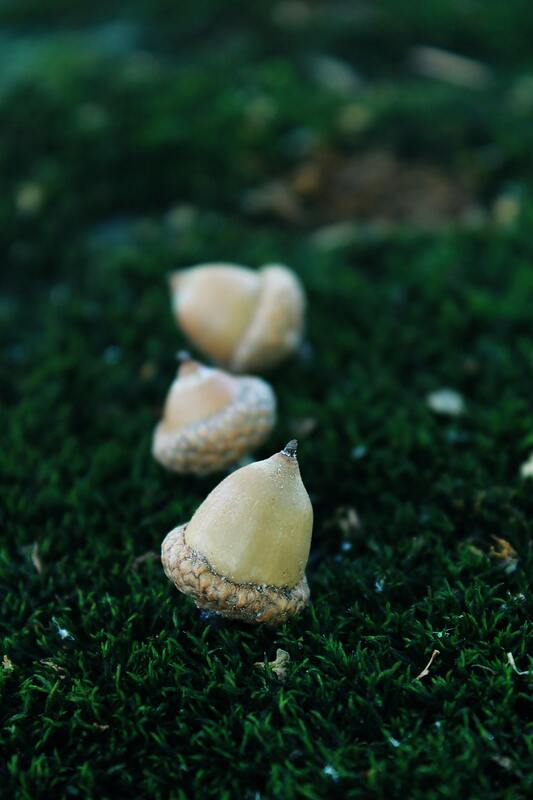
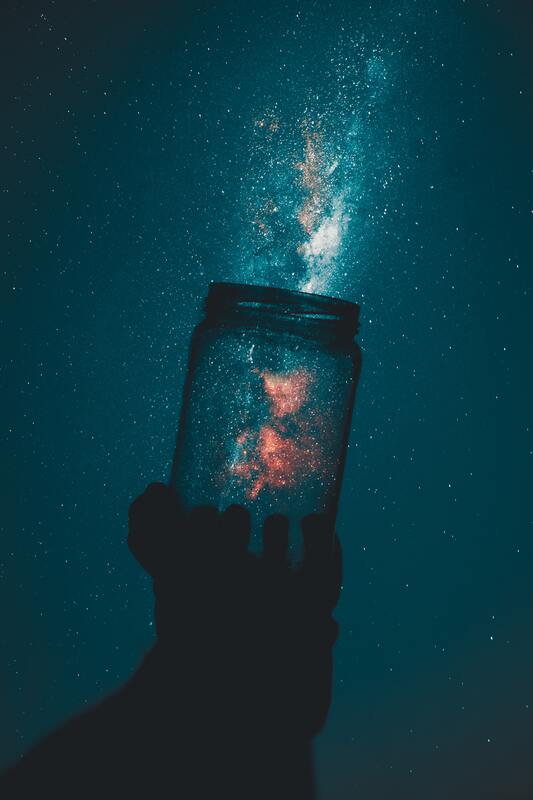
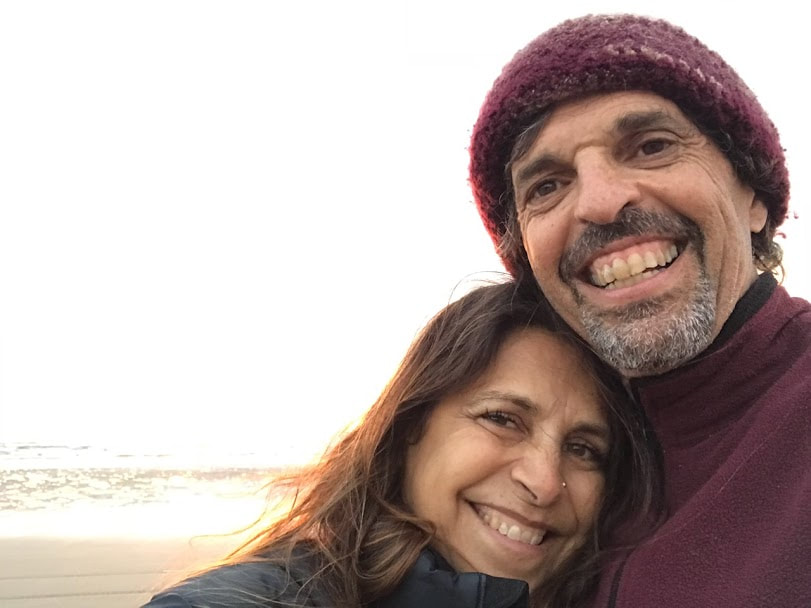
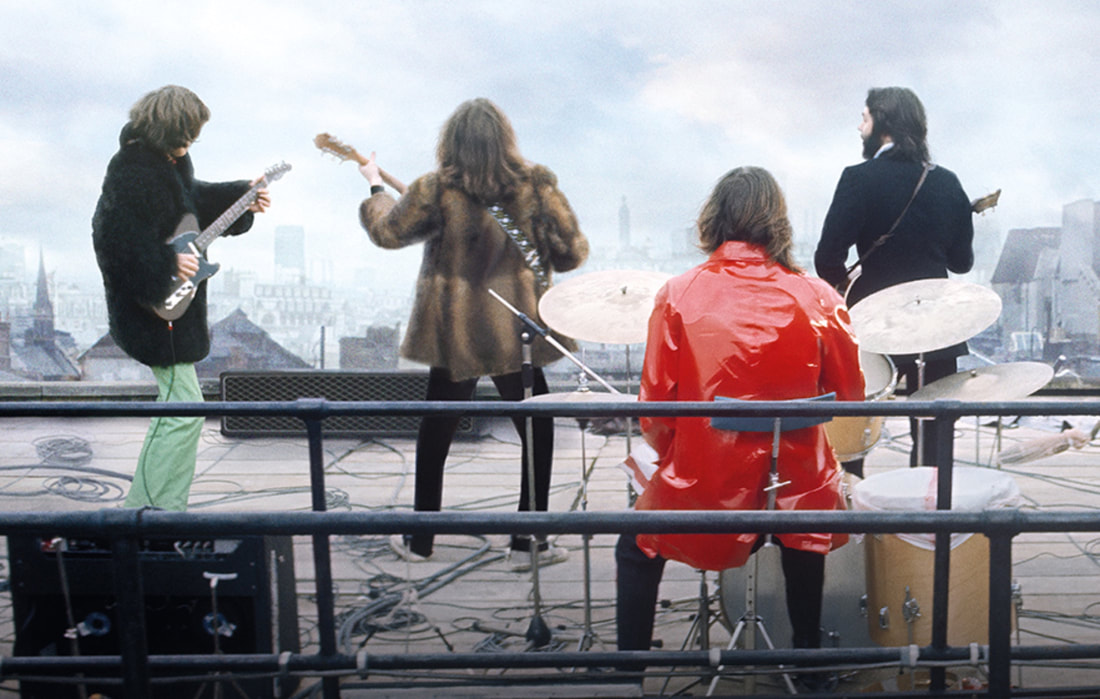

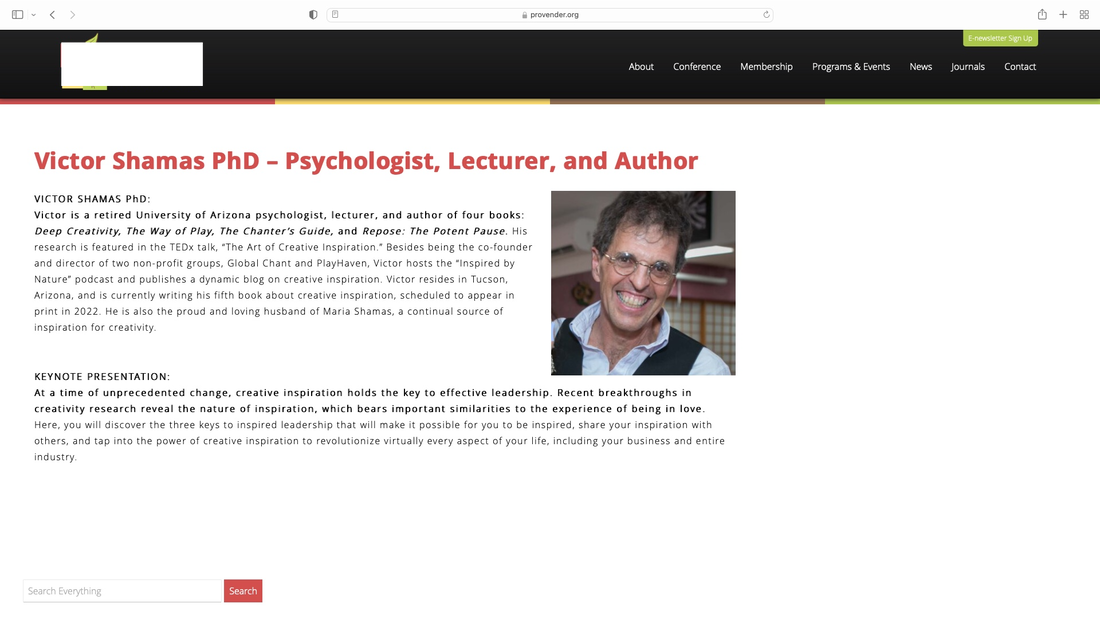
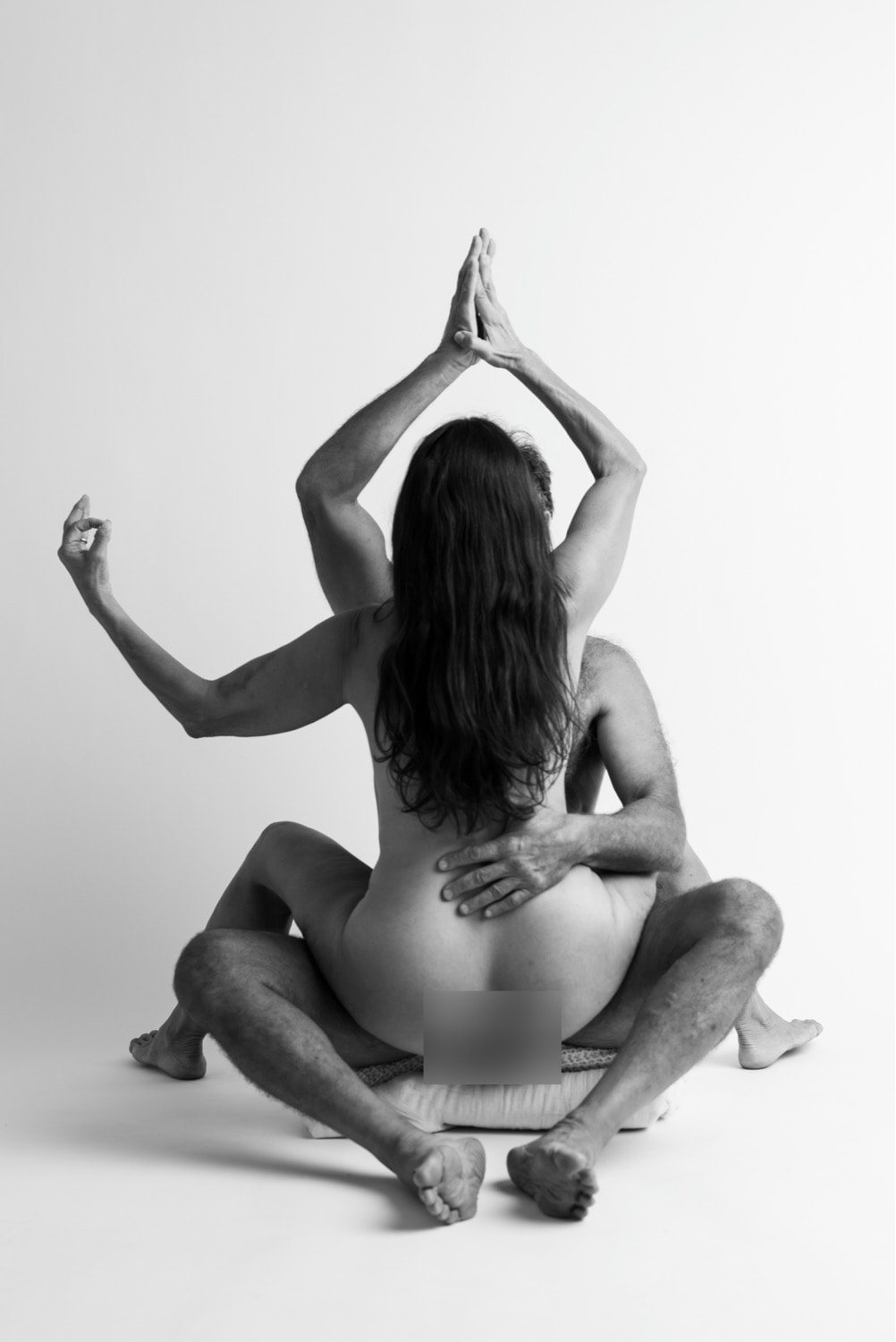
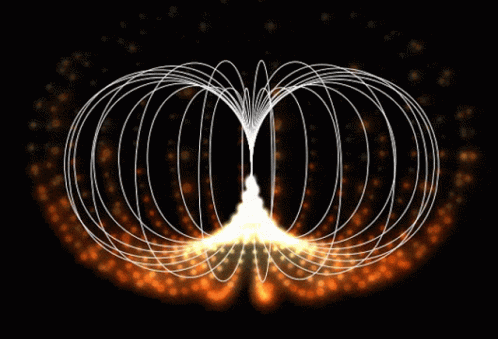
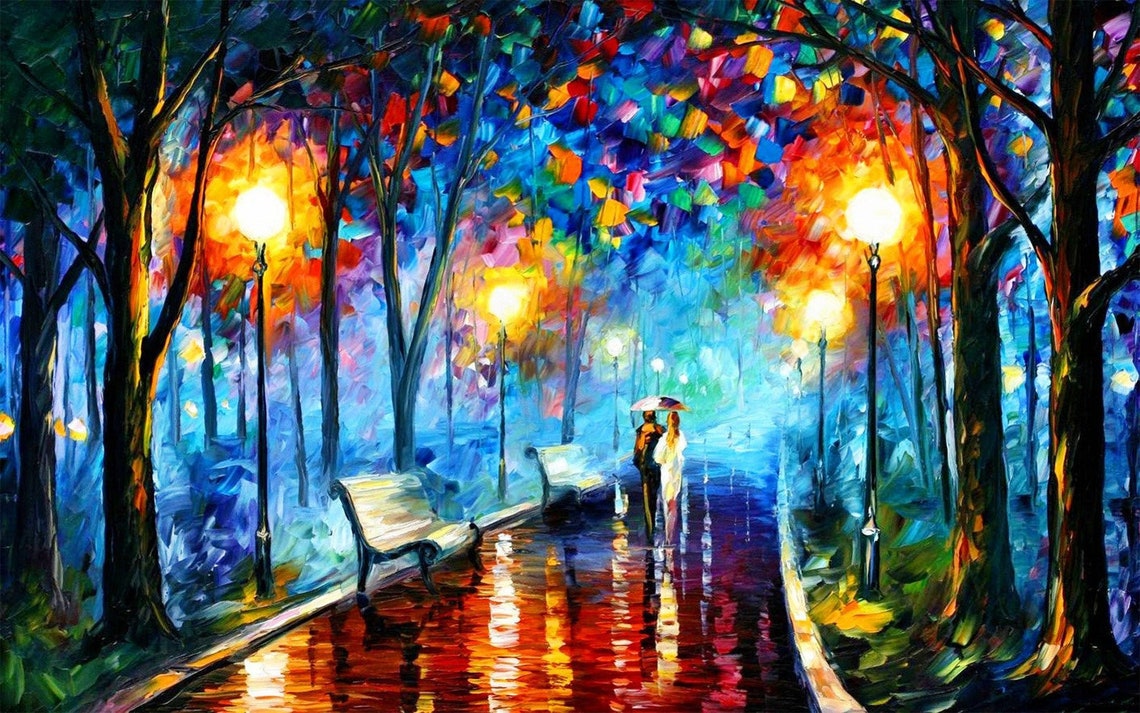
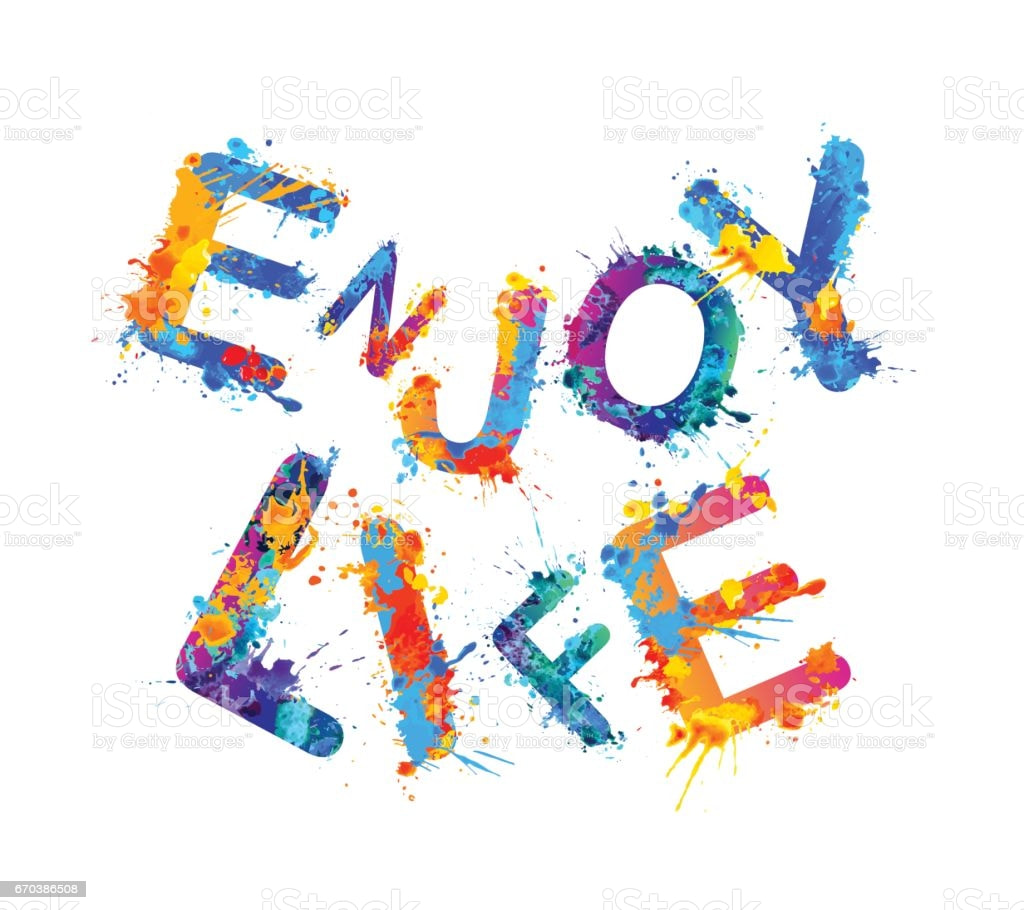
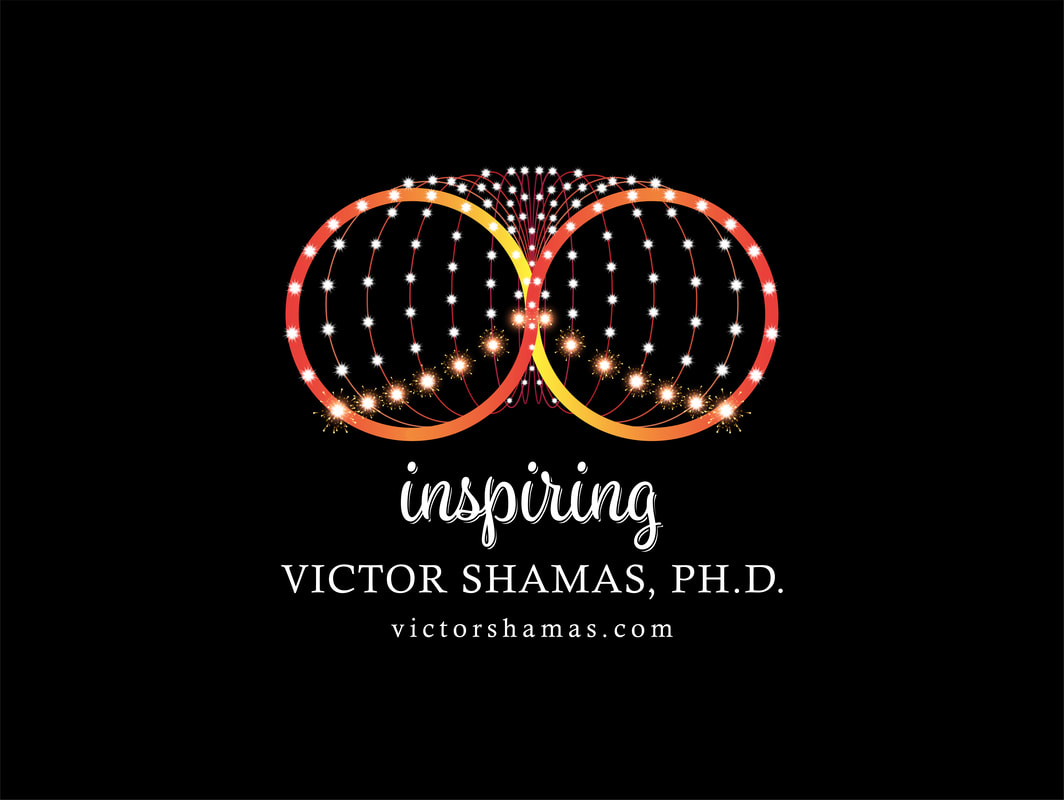
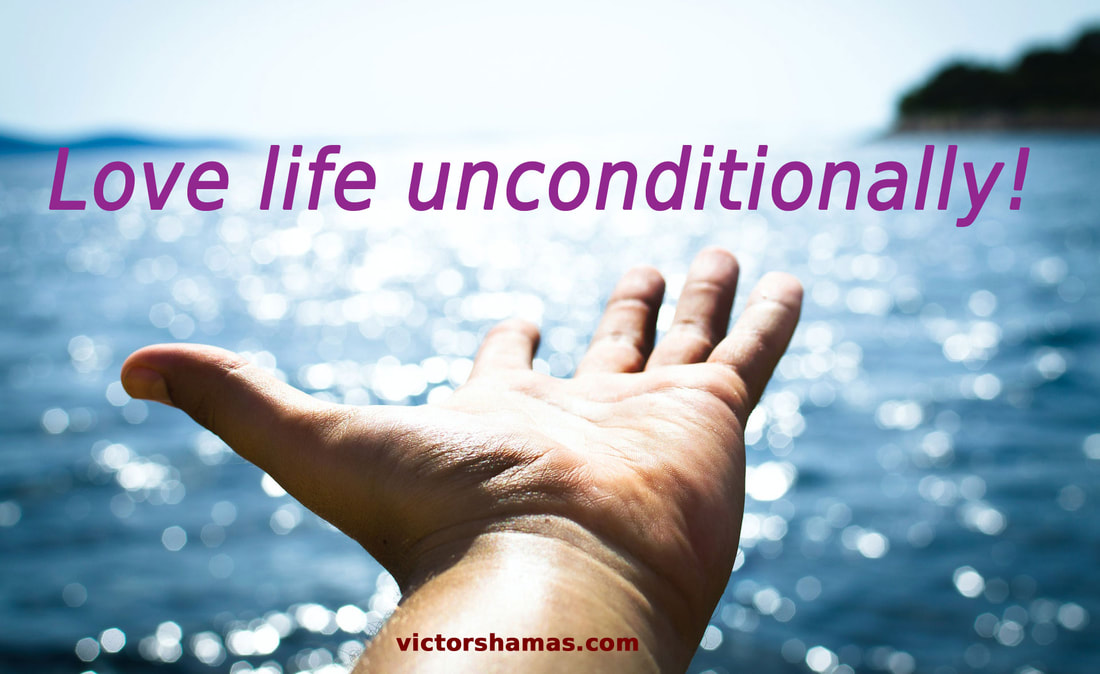

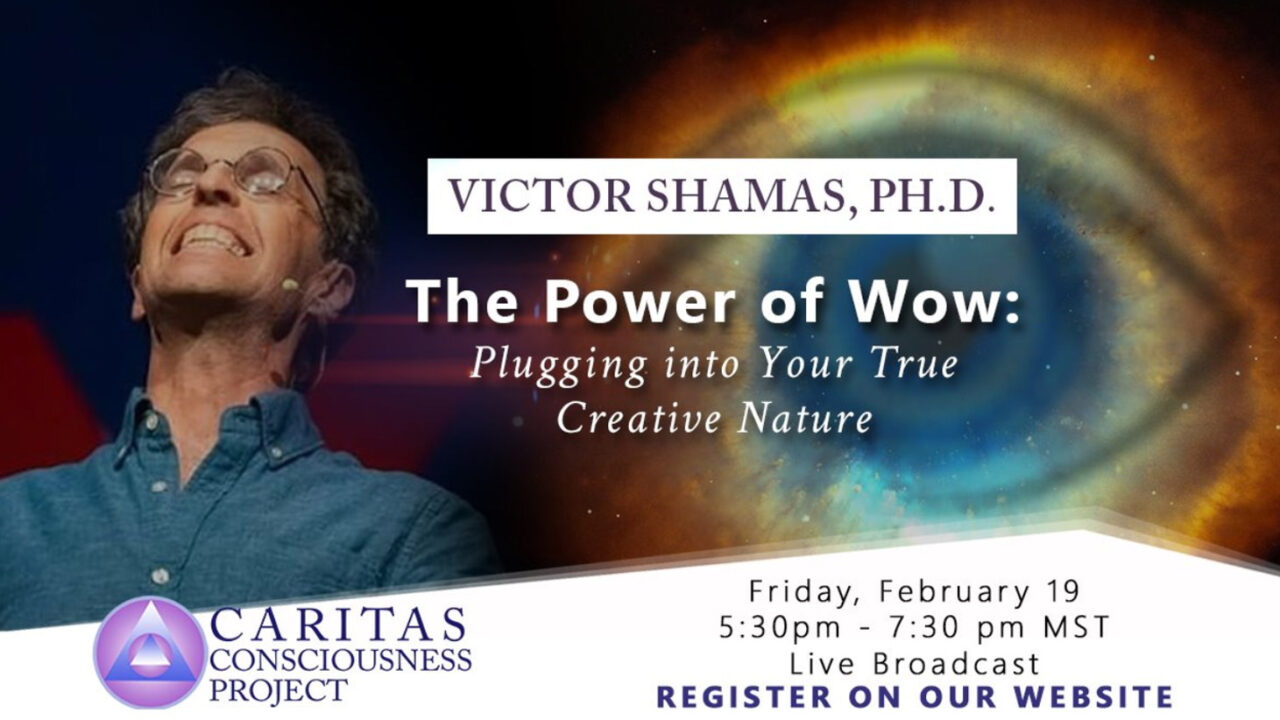
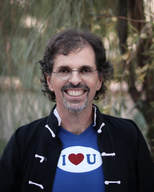
 RSS Feed
RSS Feed
